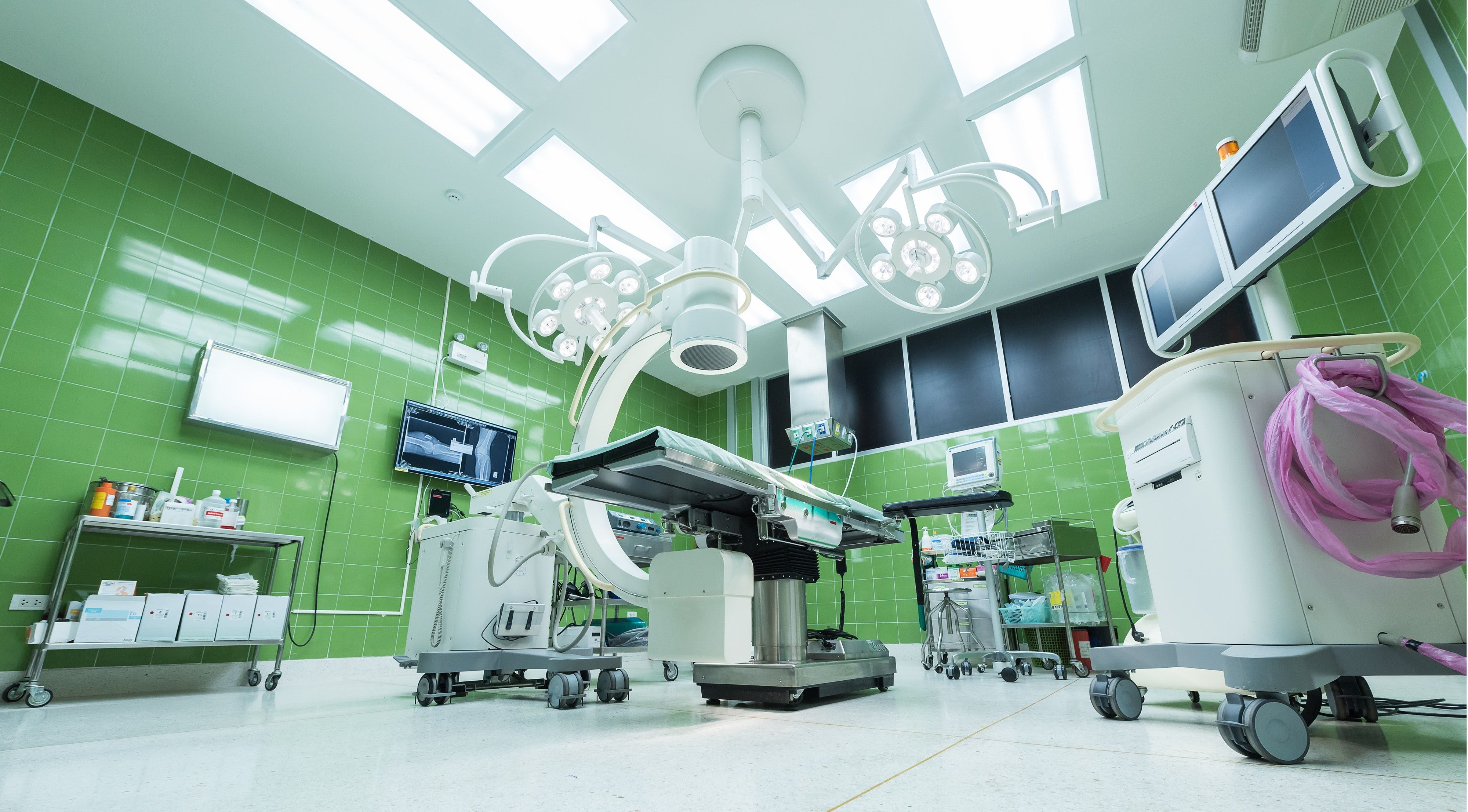Article
Investigators Assess Risk of Further Surgery for Crohn’s Disease Patients
Author(s):
There was a 25% relative reduction and a 0.3% absolute reduction in prevalence-adjusted index surgery rates for Crohn’s disease between 2007-2016.

Further surgeries can be common for patients with Crohn’s disease, but what factors can help forecast whether the additional surgery is necessary?
A team, led by Dominic King, Department of Gastroenterology, Sandwell & West Birmingham NHS Trust, characterized the risk of and associated factors with additional surgery following a first resection for patients with Crohn’s disease.
Surgery and Crohn’s Disease
The majority of patients with Crohn’s disease will require surgery at some point. Furthermore, additional surgery could be necessary if medical treatment fails to control disease activity.
In the study, the investigators examined data from the Hospital Episode Statistics from England to identify patients with Crohn’s disease and a first recorded bowel resection between 2007-2016.
The team examined the risk factors for further resectional surgery within 5 years using multivariable logistic regression and calculated the prevalence-adjusted surgical rates for index Crohn’s disease over the study period.
The study included 19,207 patients with a mean age of 39 years. Of this patient population, 16% (n = 3141) underwent a further operation during the study period, with a median time to surgery of 2.4 years.
Furthermore, 3% of the patients with Crohn’s disease had surgery within a year, 14% had surgery by year 5, and 23% had surgery by year 10.
Assessing the Risk
The investigators also identified several demographic trends within the patient population.
For example, patients aged at least 58 years index laparoscopic surgery, and index elective surgery were all associated with a reduced risk of further surgery at the 5 year mark.
In addition, prior surgery for perianal disease (aOR, 1.60; 95% CI, 1.37-1.87), an extraintestinal manifestation of Crohn’s disease (aOR, 1.51; 95% CI, 1.22-1.86), and index surgery in a high-volume center for Crohn’s disease surgery (aOR, 1.20; 95% CI, 1.02-1.40) for all linked to an increased risk of further surgery at year 5.
Finally, there was a 25% relative reduction and a 0.3% absolute reduction in the prevalence-adjusted index surgery rate for Crohn’s disease over the course of the 9 year study.
“Further surgery following an index operation is common in [Crohn's disease],” the authors wrote. “This risk was particularly seen in patients with perianal disease, [extraintestinal manifestation] and those who underwent index surgery in a high-volume center.”
Endoscopic Stricturotomy
Earlier this year, data presented during the Crohn’s and Colitis Congress 2022 Annual Meeting show endoscopic stricturotomy could be the first option for treating common complications associated with IBD.
Primary strictures and secondary anastomotic strictures are both common complications for patients with IBD, particularly those with Crohn’s disease. Currently the best way to treat this complication is balloon dilation.
However, albeit with limited data due to small sample sizes and few sites, endoscopic stricturotomy is a promising, but unproven approach.
A team, led by Martin Lukas, MD, IBD Clinical and Research Center, ISCARE, examined previous results on endoscopic stricturotomy at a single tertiary hospital.
The investigators identified 92 procedures performed in 67 patients, 60 of which had Crohn’s disease and 7 of which had ulcerative colitis.
In addition, 73.1% (n = 49) of patients had a single endoscopic stricturotomy performed, while 26.9% (n = 18) had multiple procedures.
The investigators deemed technical success for 90.2% (n = 83) of endoscopic stricturotomies, with 4 cases having complications of delayed bleeding, which were managed conservatively.
The cumulative probability of reintervention at 6 months was 30.2% (95% CI, 15.6-46.2%), 40.3% (95% CI, 25.5-54.6%) at 12 months, and 48.8% (95% CI, 34,0-62,1%) at 18 months.
The study, “The risk of subsequent surgery following bowel resection for Crohn’s disease in a national cohort of 19,207 patients,” was published online in Colorectal Disease.





